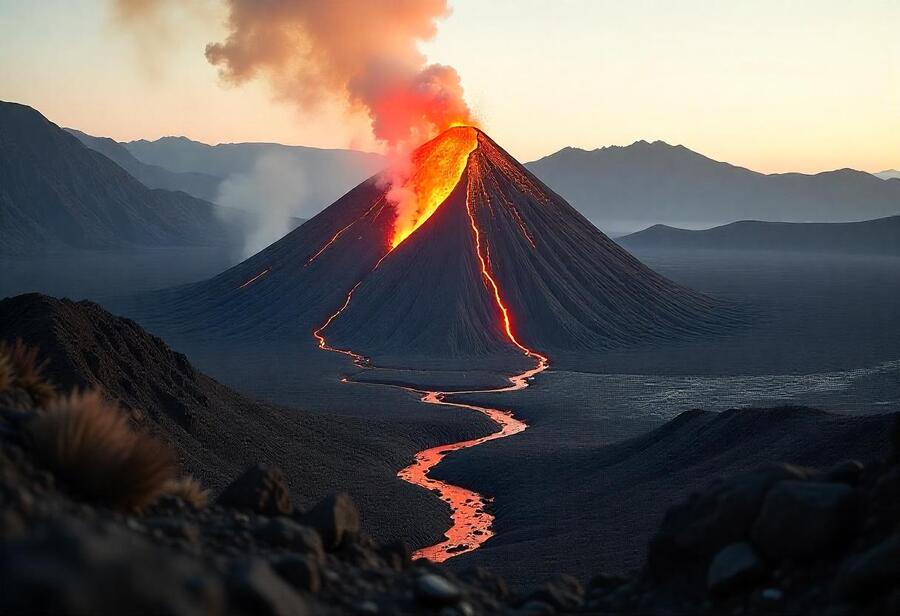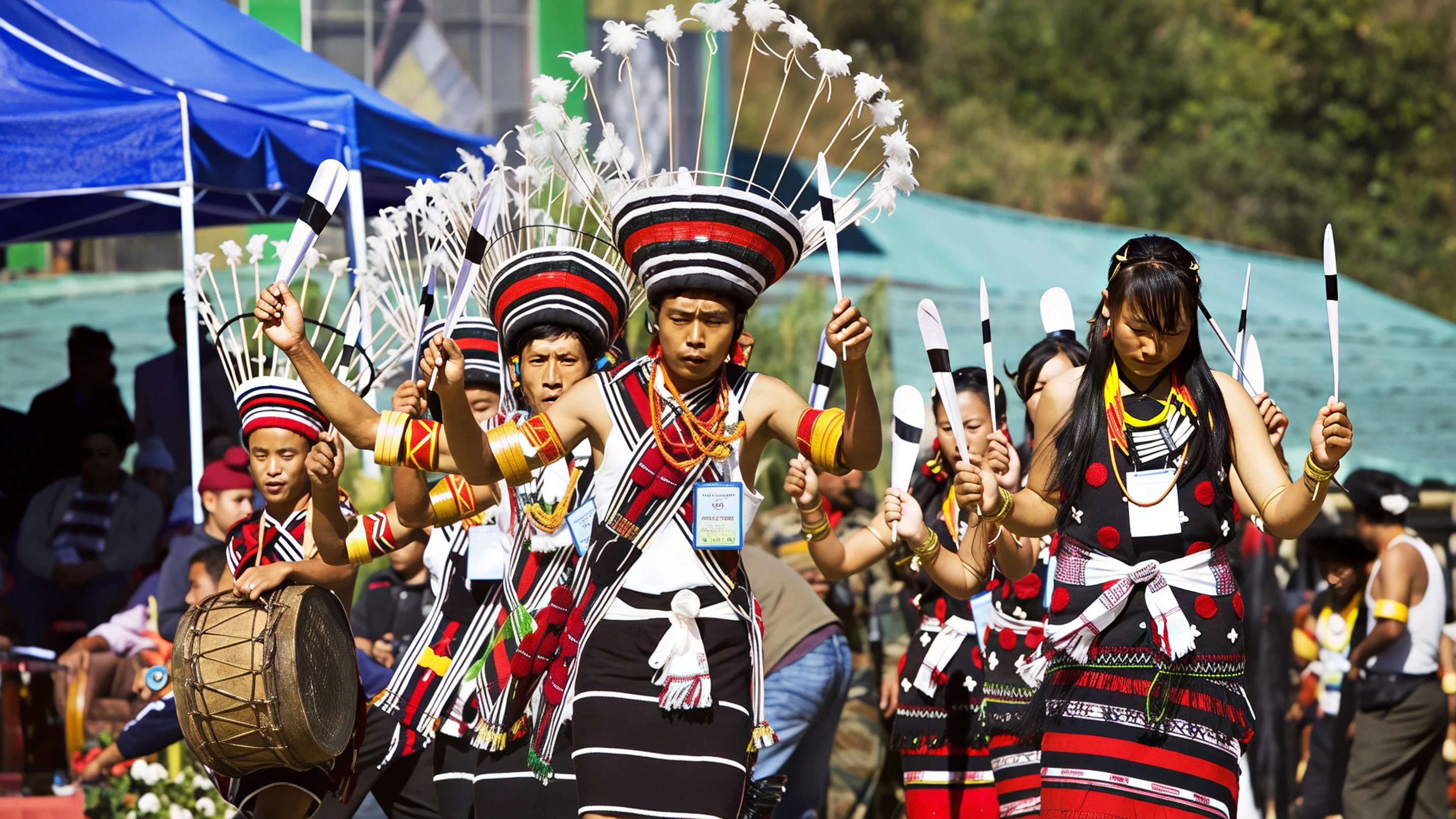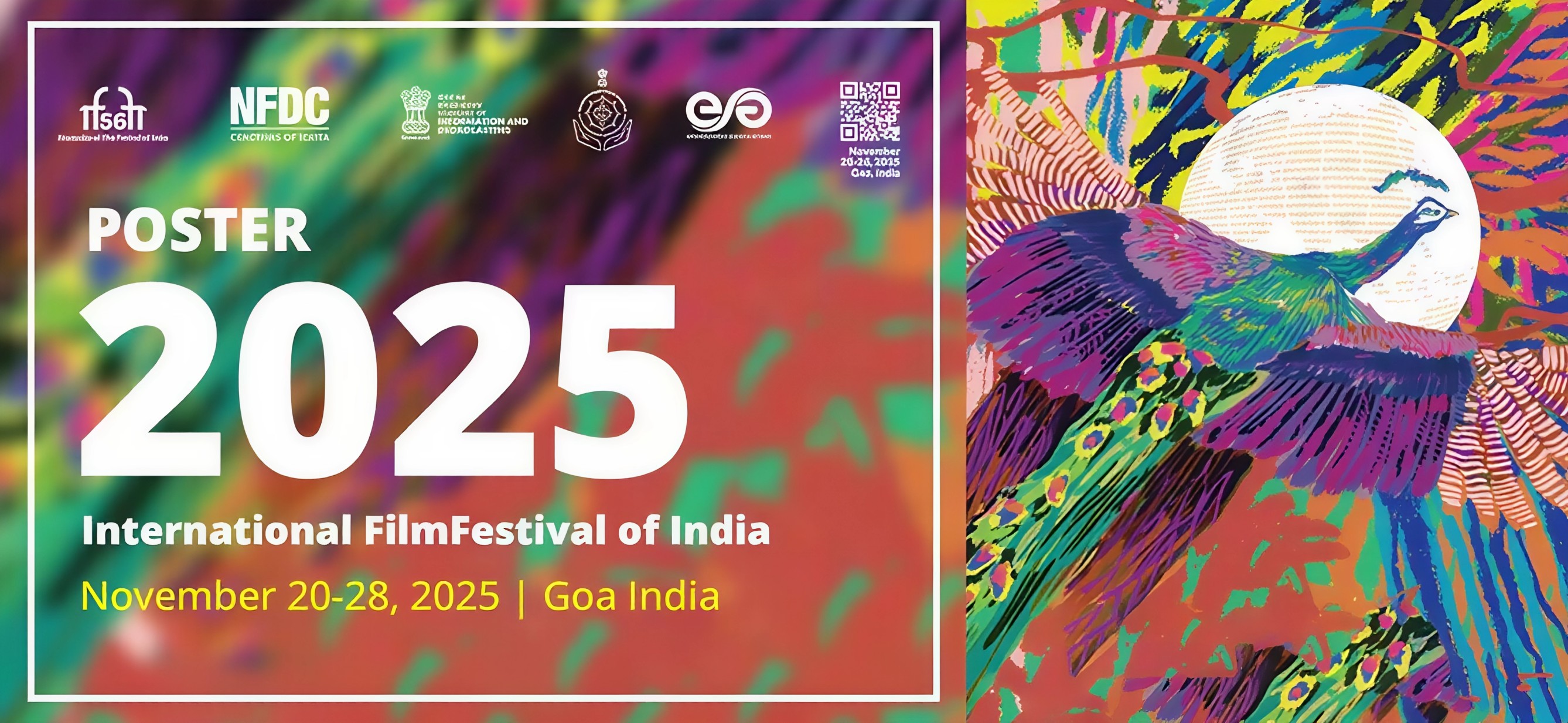Japan has witnessed yet another reminder of its volatile geological nature with the recent eruption of Mount Shinmoedake. While no serious injuries have been reported, the sudden volcanic activity has caused widespread concern, not just because of the eruption itself but due to an uncanny connection being drawn to a decades old manga.
Social media platforms are flooded with posts about Ryo Tatsuki, a little known manga artist whose 1999 publication titled The Future I Saw is once again making headlines. Within this comic, Tatsuki had predicted a “mega disaster” would strike Japan on July 5, 2025. With the eruption occurring in the same week as the forecasted date, the coincidence has sparked widespread speculation and anxiety, especially among those familiar with Japanese prophecy culture.
Mount Shinmoedake’s eruption sent ash clouds up to two kilometers into the air. The Japan Meteorological Agency issued immediate warnings and sealed off the area around the crater. Despite the efficiency of emergency responses, many were unable to shake off the eerie timing of the event. The proximity to Tatsuki’s ominous manga entry has made some people wonder whether there is more to her claims than just imaginative fiction.
Ryo Tatsuki’s manga gained cult status not for flashy visuals or gripping action, but for its strangely specific dream based predictions. According to her, these dreams occurred between 1985 and 1993, and she documented over 470 of them. Her book included dates and brief descriptions of each dream, some of which appear to coincide with actual historical events. Fans point to her claims of the Tokyo Olympics being delayed and the passing of Queen Elizabeth II as moments that seemed to mirror her recorded visions.
The manga’s prophecy for July 5 did not detail a specific disaster type, but its use of the term “mega disaster” has left enough ambiguity for readers to draw their own conclusions. In the wake of the eruption, hashtags connected to Tatsuki’s work began trending on Japanese social media, and the artist’s name was suddenly in global discussions once again.
For many, this echoes the phenomenon surrounding Baba Vanga, the Bulgarian mystic known for ambiguous predictions that later seemed to align with real world events. Like Vanga, Tatsuki’s appeal lies in the hazy lines between intuition and coincidence. Her story is being shared not just as a quirky internet tale but as part of a broader cultural conversation about uncertainty and our desire to find patterns in chaos.
However, scientists and officials have urged the public to remain calm and rational. Japan, situated along the Pacific Ring of Fire, is home to over 100 active volcanoes and frequently experiences seismic activity. Experts from the Japan Meteorological Agency have emphasized that the eruption is entirely natural and cannot be linked to any artistic prediction. They are continuing to monitor the situation while asking citizens to rely on verified information instead of circulating fear based theories.
Still, the emotional reaction online reveals how deep the need for foresight runs during unpredictable times. People are not just reacting to a natural event but to a collective anxiety that often seeks comfort in familiar narratives even those born from art and imagination. Tatsuki’s manga, for many, has become a symbol of that desire to make sense of the uncontrollable.
As Japan remains on alert and residents around Mount Shinmoedake take precautions, the rest of the world watches, caught between scientific explanations and viral stories that stir the imagination. Whether the prediction was a strange coincidence or simply a case of retrospective interpretation, the eruption has placed both the mountain and the manga into the global spotlight.
For more timely updates on natural wonders, travel stories, and global destinations, follow Travel Moves on Instagram and Facebook.








